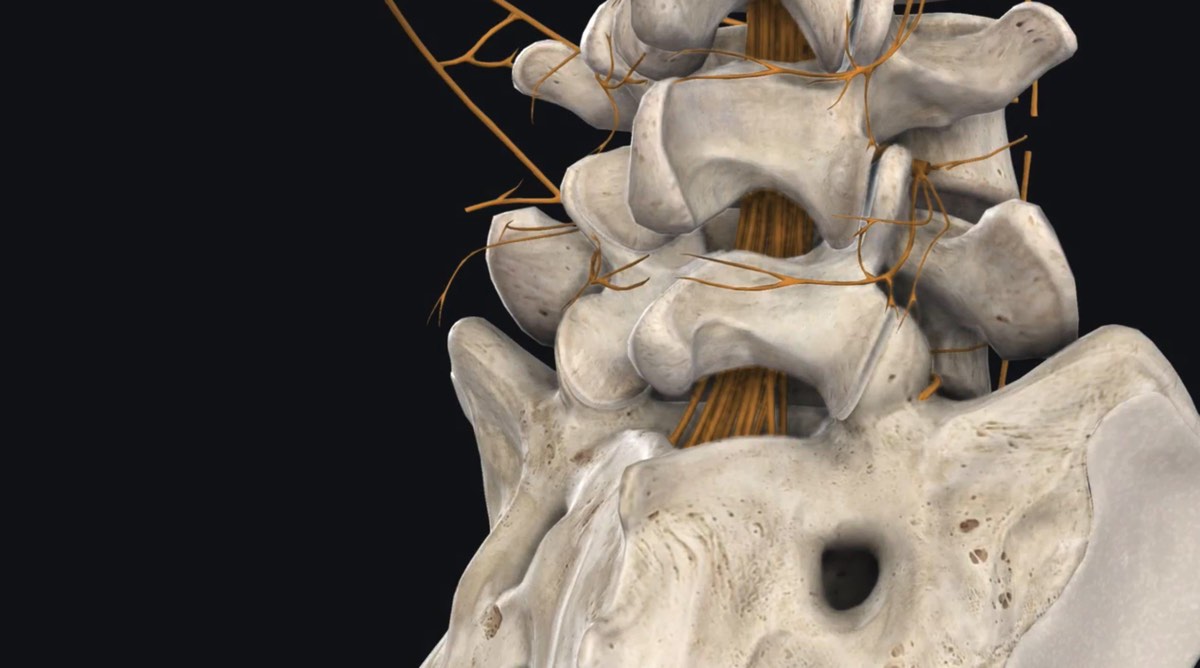Risks of opioid use by elderly arthritic patients outweigh benefits
Reuters Health • The Doctor's Channel Daily Newscast
“We found that pain reduction with opioid treatment was small to moderate. Increasing the dosage did not appear to result in further pain reduction,” lead author Dr. Eveline Nuesch, from the University of Bern, Switzerland, said in a statement. “However, patients taking opioids have large increases in risks of experiencing adverse effects and frequently stop taking opioid medications for this reason.”
The findings, reported in the latest issue of The Cochrane Library, stem from an analysis of data from 10 randomized or quasi-randomized controlled trials comparing opioids with placebo or no treatment in a total of 2268 patients with osteoarthritis of the knee or hip. The studies were identified through a search of CENTRAL, EMBASE, MEDLINE, and CINAHL up to July 28, 2008.
Opioids tested included oral codeine in 3 trials, transdermal fentanyl in 1, oral morphine in 1, oral oxycodone in 3, oral oxymorphone in 1, and oral oxycodone/oral oxymorphone in 1.
Compared with placebo or no treatment, opioid therapy did provide statistically significant improvements in pain and function, although the actual clinical benefit was small to moderate.
Specifically, the reviewers say, in terms of pain control, treatment response rates were 35% with opioids and 31% with placebo. In terms of improvements in physical function, response rates were 29% with opioids and 26% with placebo. On a 1 to 10 rating scale, patients treated with opioids reported their physical function to be roughly at 2 after a month of treatment, whereas placebo group patients reported physical function of roughly 1 after one month.
The type of opioid, analgesic potency, daily dose, duration of treatment or follow-up, methodological quality of trials, and type of funding had little impact on the treatment effects seen, the report indicates.
Overall, opioid use increased the odds of any adverse effect by 1.55-fold and raised the odds of study dropout due to an adverse effect by 4.05-fold. Furthermore, patients treated with opioids were 3.35-times more likely to experience a serious adverse event than were control patients.
Regarding withdrawal symptoms, the reviewers found they were more severe following fentanyl therapy than placebo.
“Even in patients with severe osteoarthritic pain, clinicians are advised to use non-tramadol opioids cautiously and to consider alternatives, such as surgery,” the authors note. “In addition, clinicians should inform patients about the substantial risks and only moderate benefits of opioid treatment and therapeutic alternatives.”
Reference:
The Cochrane Library 2009.









